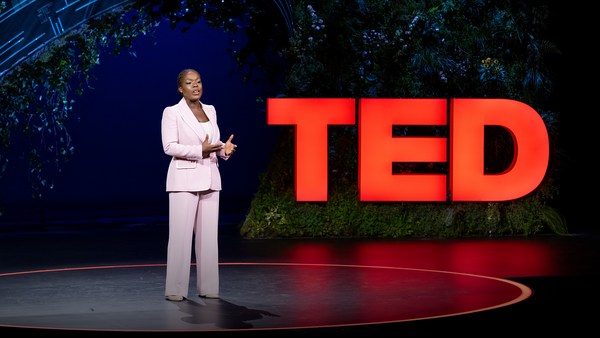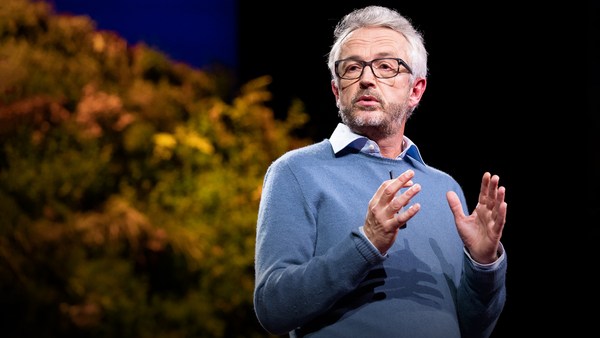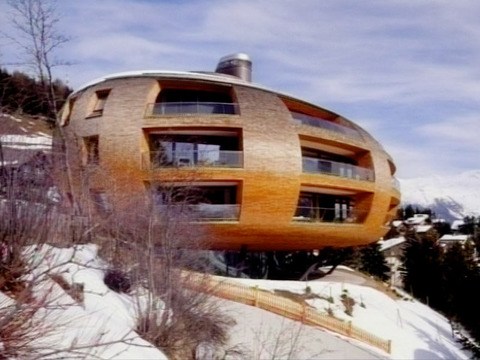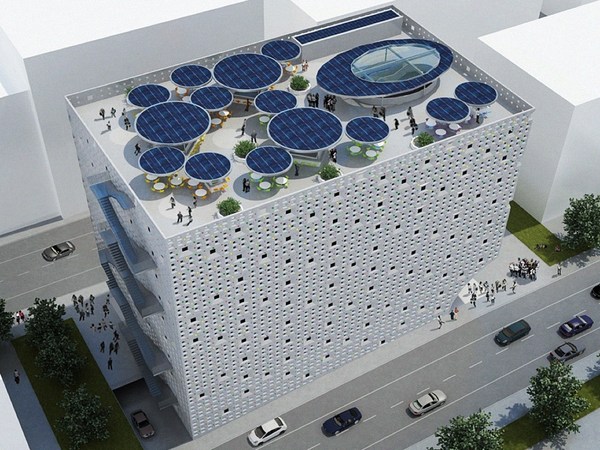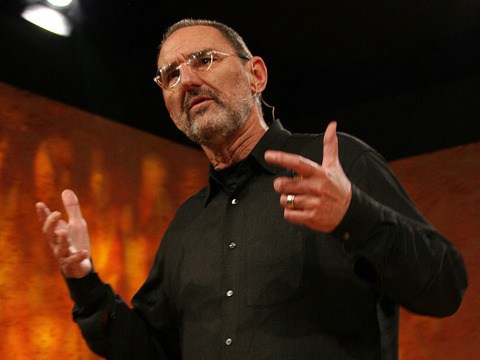Director: Sound rolling. Take one, mark.
Katie McGinty: We spend something like 90 percent of our whole life indoors. It's everything from your own home to companies and factories. We get married in those places, our children are born, some great scientist invents a cure for disease in those buildings. But buildings are some bad news for the climate.
[In the Green: The Business of Climate Action]
[Presented by TED Countdown and The Climate Pledge]
[Katie McGinty Company: Johnson Controls]
[Sector: Buildings Location: USA]
Buildings contribute about 40 percent of global greenhouse gas emissions. They represent the biggest growing piece of electricity consumption and demand in the world. We're not cracking this climate change challenge unless we decarbonize those buildings.
When you look at a building, there are key aspects of it that enable it to run. It’s the heating and cooling; it’s the lighting; it's all of our appliances. All of those things together add up to a very significant energy load and a big cost. That's what we can go after. Replace the old HVAC. Get rid of the old incandescent lights and add the new LEDs. Put in those windows that have high efficiency. That's where digital smarts come in, where you can add sensors in a building that say, “Hey, nobody’s in this part of the building, so let's ratchet back that air conditioning that’s otherwise blasting.” And don't worry about the upfront cost. Why? Because upgrading will generate savings that now can be used to finance the project in the first place. You're cutting 20, 40, 80 percent of that energy bill.
When organizations begin to look at this journey toward sustainability and net-zero, a whole lot of unexpected promise comes to the fore. The head of a public housing authority, for example, just wanted to cut some costs, but get into the effort. And here's what came to life. That the new community solar garden became green energy efficiency tech jobs for the local community. And that translated into something else: a sense of empowerment, ownership, engagement by that community, and effort to bring cost down lifted the entire community up.
We're at a turning point where piecemeal action is catalyzing whole communities to take action like never before, and they can do it on the basis of the tangible examples that prove the point that climate action is actually not only good for the environment, but it cuts costs and it creates jobs at the same time.
You know, buildings are pretty important in our lives. Buildings aren't just bricks and mortar. With technology and partnership, we can change those buildings into flexible, agile assets, and it is bringing us the opportunity to tackle big issues like climate change.
